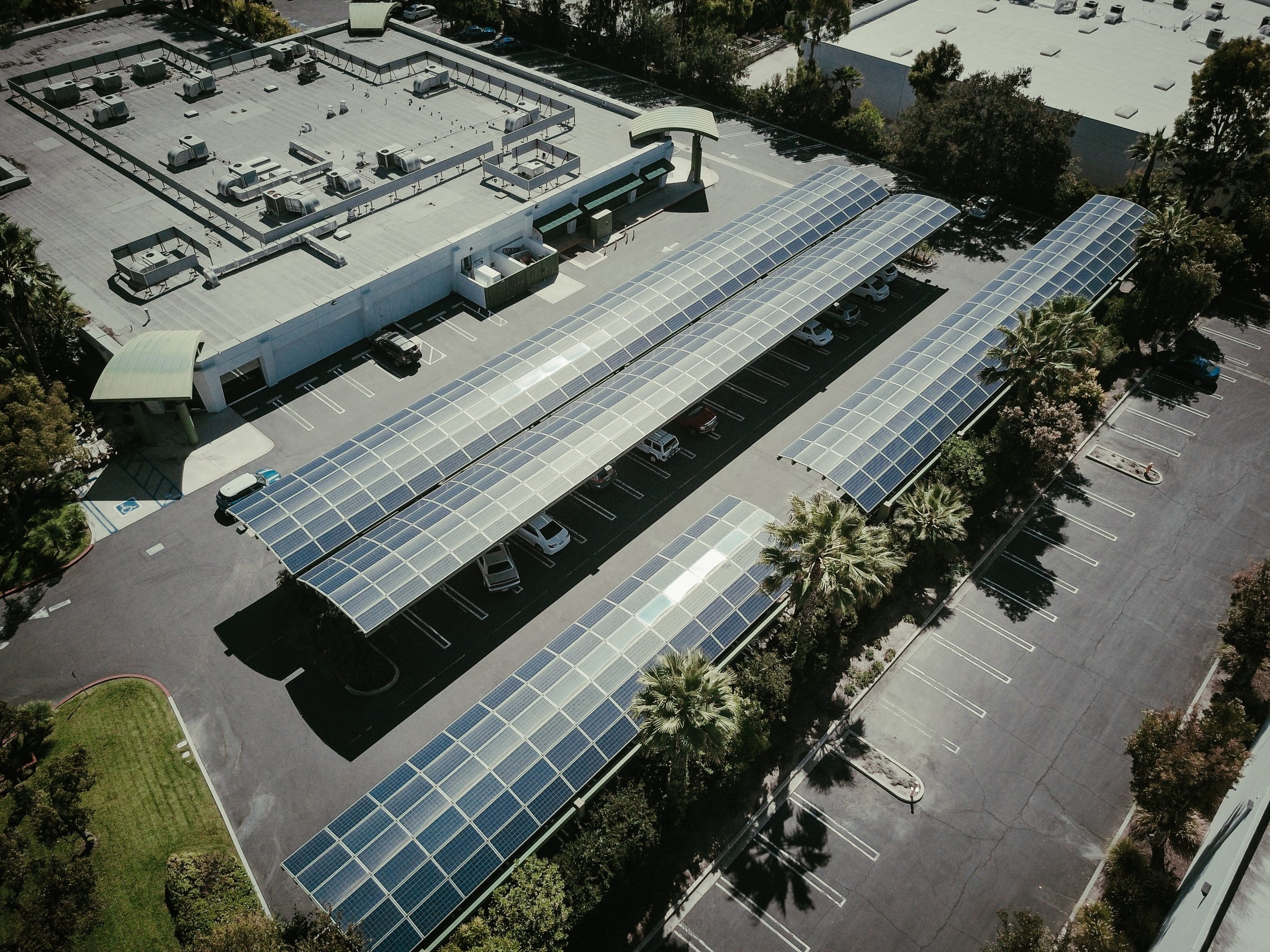Going solar is not just about selecting the right panels and finding the perfect angle for maximum sunlight. As with any significant infrastructural change, there are regulatory hurdles and legal considerations that come into play. But don’t be deterred! In this blog post, we’ll guide you through the maze of legalities, permissions, and compliances you need to navigate to become a proud solar-powered UK business.
Step 1: Planning Permission – Do You Need It?
Contrary to popular belief, installing solar panels usually falls under “permitted development,” meaning you might not need planning permission. However, there are exceptions to consider:
- Listed Buildings: If your business operates in a listed building, you will need permission.
- Conservation Areas: Similarly, if you’re in a conservation area, you’ll need to check with the local authority.
Resource Alert: The UK Government’s Planning Portal is a helpful resource for understanding whether your solar project will require planning permission.
Step 2: Building Regulations – Safety First
Even if you don’t need planning permission, you’ll still need to comply with the UK’s Building Regulations. These regulations are in place to ensure the structural safety of the building and the safety of the people who use it.
Expert Advice: Ensure your installer is certified by the Microgeneration Certification Scheme (MCS), as this confirms compliance with UK Building Regulations.
Step 3: Grid Connection – The Paperwork
If you plan to sell excess energy back to the grid through the Smart Export Guarantee (SEG), you’ll need to sort out the paperwork for connecting your system to the grid.
- DNO Approval: Get approval from your Distribution Network Operator (DNO) for the connection.
- SEG Contract: Finalize your Smart Export Guarantee contract with your energy supplier.
Step 4: Landlord Permissions – Who Owns the Roof?
If you don’t own your business premises, you’ll need written permission from your landlord to install solar panels.
Pro Tip: Highlight the energy savings and property value increase as a selling point to get your landlord on board.
Step 5: Financing and Subsidies – Legal Aspects
Depending on your financing option—be it a loan, lease, or Power Purchase Agreement (PPA)—each comes with its own set of legal implications.
- Loan Agreements: Understand the interest rates, and repayment terms.
- Leases and PPAs: Scrutinize the contracts to ensure you’re not tied into unfavourable terms.
Legal Check: Consult a legal advisor to review these contracts to ensure they are in your best interest.
Step 6: Data Protection – Solar Monitoring Systems
Solar monitoring systems collect data to optimize performance. Make sure your system complies with the UK’s data protection laws, including the General Data Protection Regulation (GDPR).
Step 7: Ongoing Compliance – Keeping it Legal
Post-installation, maintain compliance with all electrical safety standards and periodically check in with your DNO and energy supplier to ensure ongoing legal compliance.
The Regulatory Labyrinth: Worth the Effort
While it may seem daunting, each regulatory and legal step is designed to ensure safety, efficiency, and fairness for all parties involved. And given the financial and environmental benefits that await you, it’s a journey worth taking. So, equipped with this guide, are you ready to navigate the regulatory pathways to a greener, sunnier future for your business?
